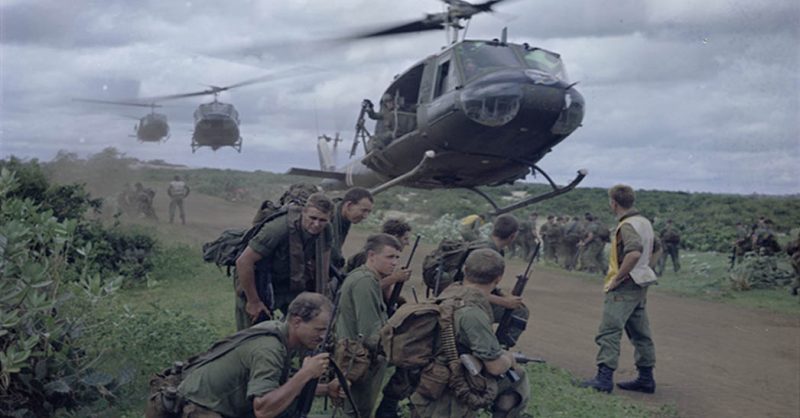Anzac Day and Vietnam may not have much in common except to Neil McLean.
Neil McLean marches on Anzac Day in memory of his comrades killed in South Vietnam. Hardly a day goes by when he does not of think of them.
He voluntarily joined the Australian army prior to the country joining the war.
They had but two days’ notice, insufficient time to say goodbye to friends and family. He had been married for 27 days.
On returning to his base from the weekend, they were told in addition to the move, the camp was closing, and they were expected to move out at 2 am.
As he prepared for Anzac Day on April 25 as vice-president of the Corrimal RSL sub-branch, the memories of Vietnam seemed fresh.
First impressions were ones of apprehension because they were not aware of what was taking place, McLean said. Everyone was walking around as if they were in Sydney when they arrived at Vung Tau.
He was assigned to the 1st Battalion, Royal Australian Regiment. Neil’s Pioneer Platoon was coupled to the US 173rd Airborne Brigade stationed at Bien Hoa air base northeast of Saigon.
The pioneers readied the ground for the larger force to move in. Digging in meant digging fortifications as well as excavating for an underground field hospital. They were prepared for the enemy, but not the event that materialized.
Soldiers were at their pickets, when they saw numerous lights approaching. Consternation turned to amazement when the ‘enemy’ was recognized as fireflies, a lot of them.
It looked exactly like an army coming at them, McLean related.
Although attached to the 173rd Airborne, the Australians found them too gung-ho. The commanding officer resolved they would do their own search and destroy missions, under the direction of the 173rd.
Neil manned the M60 machine gun, a large, heavy caliber weapon that always attracted enemy attention, especially the gunner, since he was the first to draw enemy fire, to ensure the main firepower was eliminated.
The M60 gunner had about 13 seconds of life. That was the amount of time a gunner had if combat erupted, McNeil explained.
He was shot only once on the Song Be River. The first shot went under his boot.
McNeil leads Corrimal’s Anzac March, and says the only thought in his mind is of the mates who never made it back home, The Courier reported.
What war or conflict a soldier has fought in, the experience never leaves your body. It is there at night, and you always dream about it, he said.
